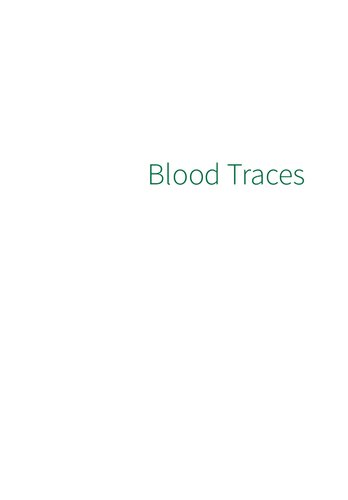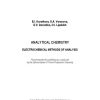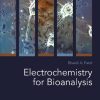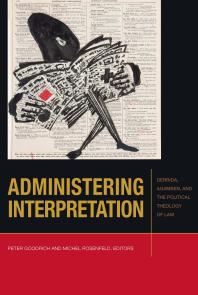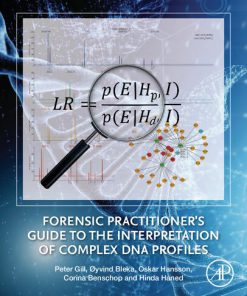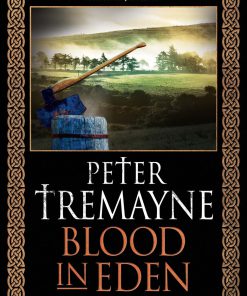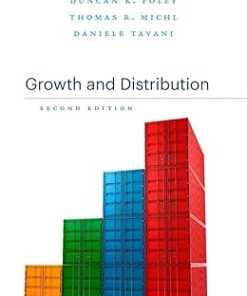Blood Traces Interpretation of Deposition and Distribution 1st Edition by Peter De Forest, Peter Pizzola, Brooke Kammrath ISBN 9781119764717 1119764718
$50.00 Original price was: $50.00.$25.00Current price is: $25.00.
Blood Traces Interpretation of Deposition and Distribution 1st Edition by Peter De Forest, Peter Pizzola, Brooke Kammrath – Ebook PDF Instant Download/Delivery: 9781119764717 ,1119764718
Full download Blood Traces Interpretation of Deposition and Distribution 1st Edition after payment
Product details:
ISBN 10: 1119764718
ISBN 13: 9781119764717
Author: Peter De Forest, Peter Pizzola, Brooke Kammrath
Blood Traces provides an authoritative resource that reviews many of the aspects of the interpretation of blood traces that have not been treated with the thoroughness they deserve. With strict adherence to the scientific method, the authors — noted experts on the topic — address the complexities encountered when interpreting blood trace configurations. The book provides an understanding of the scientific basis for the use of blood trace deposits, i.e. bloodstain patterns, at crime scenes to better reconstruct a criminal event.
The authors define eight overarching principles for the comprehensive analysis and interpretation of blood trace configurations. Three of these principles are: blood traces may reveal a great deal of useful information; extensive blood traces, although present, may not always yield information relevant to questions that may arise in a given case; and a collection of a few seemingly related dried blood droplet deposits is not necessarily an interpretable “pattern”. This important resource:
- Provides the fundamental principles for the scientific examination and understanding of blood trace deposits and configurations
- Dispels commonly accepted misinformation about blood traces.
- Contains a variety of illustrative case examples which will aid in demonstrating the concepts discussed
Written for forensic scientists, crime scene investigators, members of the legal community, and students in these fields, Blood Traces presents the fundamental principles for the scientific examination of blood trace deposits and configurations.
Blood Traces Interpretation of Deposition and Distribution 1st Edition Table of contents:
CHAPTER 1: Physical Evidence Record
1.1 Generation of Physical Evidence Record
1.2 Capturing the Physical Evidence Record: Crime Scene Analysis
1.3 Reconstruction of Past Incidents from the Physical Evidence Record
References
CHAPTER 2: Historical Perspective
2.1 Edgar Allen Poe and Sir Arthur Conan Doyle: History in Fiction
2.2 Hans Gross
2.3 History of Research in Blood Traces
2.4 Detective Charlie Chan: History in Film
2.5 Paul Kirk
2.6 Herbert MacDonell
2.7 Bloodstain Pattern Analysis Committees and Organizations
References
CHAPTER 3: Characteristics of Liquids Including Blood
3.1 Physical Properties and Fluid Mechanics of Liquids
3.2 Physical Characteristics of Blood
3.3 Optical Properties of Blood Deposits
3.4 Physiological Characteristics of Blood
3.5 Use of Blood Substitutes in Training and Simulations
References
CHAPTER 4: Detection, Visual Enhancement, Identification, and Source Attribution of Blood Deposits and Configurations
4.1 Optical Visualization of Blood Trace Deposits
4.2 Catalytic Tests
4.3 Protein Stains
4.4 Blood Typing and DNA Technology
4.5 A Limitation of Laboratory SOPs
4.6 Ongoing and Future Research
4.7 Conclusion
References
CHAPTER 5: Terminology, Typology, and Taxonomy
5.1 History of Terminologies Applied to Blood Trace Configurations
5.2 A Typology for Blood Trace Deposits
References
CHAPTER 6: Blood Droplet Dynamics and Deposit Formation
6.1 Blood Droplet Motion and Velocity Vectors
6.2 Angle of Impact
6.3 Blood Droplet Trajectory and Resulting Impact Geometry
6.4 Region of Convergence and Region of Origin
6.5 Equivalence of Relativistic Motion
6.6 Impact Mechanism and Blood Trace Deposit Formation
6.7 Conclusion
References
CHAPTER 7: Blood Trace Interpretation and Crime Scene/Incident Reconstruction
7.1 Principles of Blood Trace Reconstruction
7.2 Utility
7.3 Limitations, Problems, and Common Acceptance of the Status Quo
7.4 Blood Trace Configuration Analysis as Part of a Holistic Approach to Reconstruction
References
CHAPTER 8: Science and Pseudoscience
8.1 Science
8.2 Pseudoscience
8.3 Bad Science
8.4 Conclusions
References
CHAPTER 9: Modes of Practice and Practitioner Preparation and Qualification
9.1 Existing Modes of Crime Scene Investigation Practice
9.2 Preparations and Qualifications of Practitioners
References
CHAPTER 10: Interesting and Illustrative Cases
10.1 The Sam Sheppard Case
10.2 Knife in the Gift Bag
10.3 The Farhan Nassar Case
10.4 Passive Documentation
10.5 The British Island Holiday Case
10.6 Absence of Evidence is Not Evidence of Absence
10.7 Triple Homicide
10.8 The O.J. Simpson Case
10.9 A Vertical Crime Scene
10.10 Tissue Spatter from a Large Caliber Gunshot
10.11 Shooting of a Driver
10.12 A Contested Fratricide
References
CHAPTER 11: “Bad” Cases – Misleading or Incompetent Interpretations
11.1 David Camm
11.2 Dew Theory
11.3 Murder of an Off‐Duty Police Officer
11.4 The Imagined Mist Pattern
11.5 Concealed Blood Traces
11.6 A Stomping Homicide – Misuse of Enhancement Reagents
References
CHAPTER 12: More Broadly Assessed Cases: Going Beyond the Request
12.1 Gunshot to the Forehead and the Runaway Car
12.2 The Obscured Bloody Imprint
12.3 The Murder of a Deputy: Shooting in a Hospital Room
CHAPTER 13: Widely Held Misconceptions
13.1 Blood Traces Produced by Gunshot Wounds
13.2 The “Normal Drop” Claim
13.3 MacDonell Priority Claims Relative to the Seminal 1939 Balthazard et al. Paper
13.4 The Claimed Equivalence of Deposits Diameters and Drop Diameters
13.5 Ambiguous Trace Configurations
13.6 Issues with Interpretation of Asymmetrical Blood Projections from Impacts
References
CHAPTER 14: Resources
14.1 Bloodstain Pattern Analysis Groups
14.2 Publications and Other Information Sources
14.3 Training and Education
14.4 Proficiency Tests
References
CHAPTER 15: Concluding Remarks and Looking to the Future
15.1 Importance of Science on the Front End
15.2 The Integration of Physical Evidence with Police Investigations
15.3 Troubling Developments and Perceptions
15.4 Testing Facilities & the Creeping Inversion
15.5 The Pernicious Effects and Fallout from Bloodstain Workshops
15.6 Future Directions
References
Appendix 1: Fundamentals Revisited
Bibliography
Index
People also search for Blood Traces Interpretation of Deposition and Distribution 1st Edition:
blood traces interpretation of deposition and distribution
is blood spatter trace evidence
how is blood spatter evidence collected
blood trace evidence
Tags:
Peter De Forest,Peter Pizzola,Brooke Kammrath,Blood Traces,Distribution
You may also like…
Medicine - Anatomy and physiology
Uncategorized
Jurisprudence & Law - Criminal Law & Procedure
Forensic Practitioner’s Guide to the Interpretation of Complex DNA Profiles 1st Edition Peter Gill
Business & Economics - Econometrics

